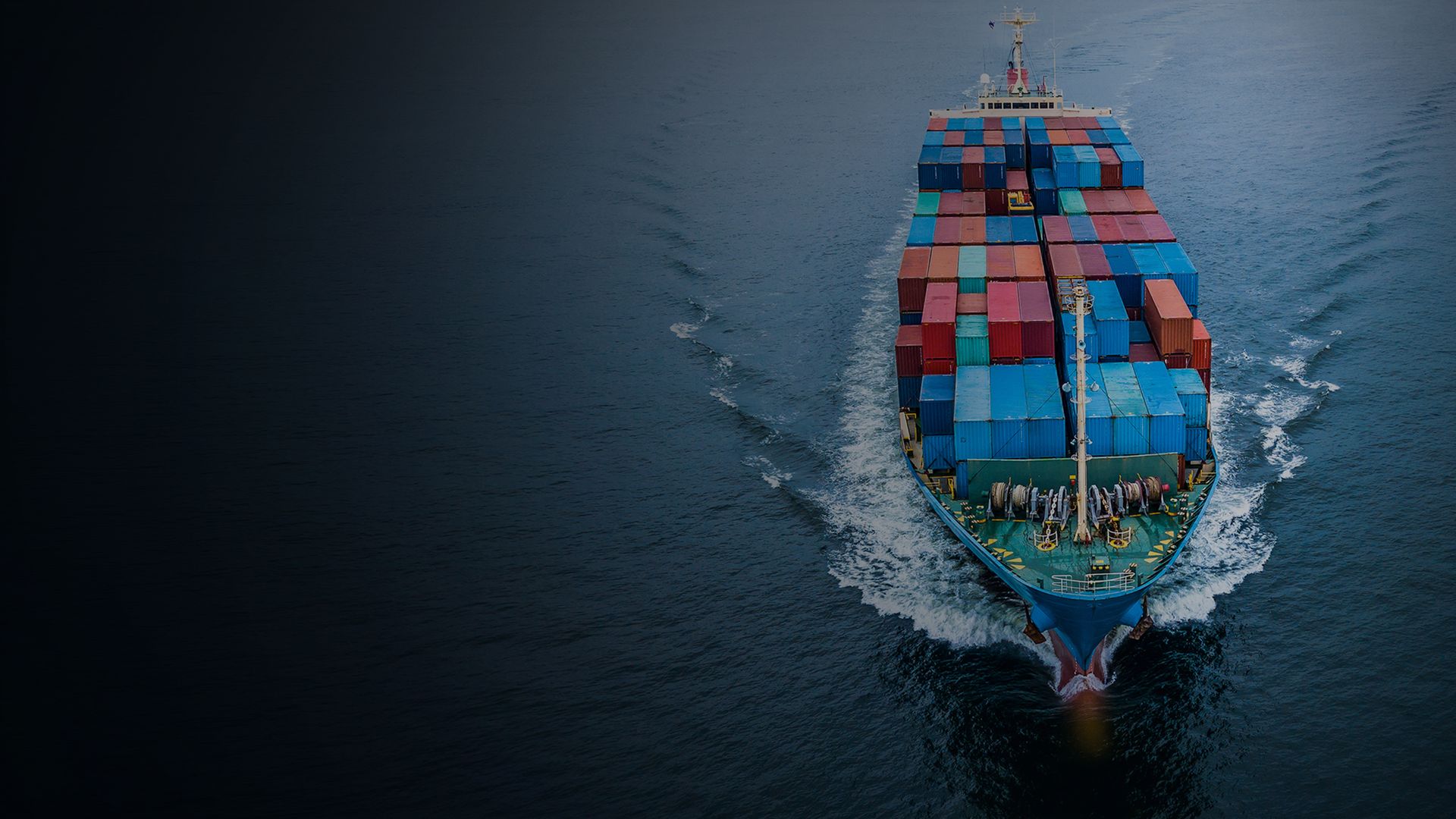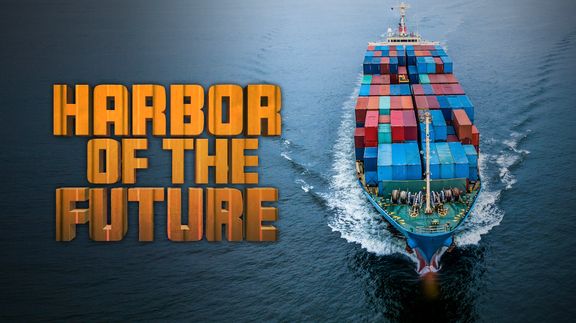

Harbor of the Future
Creating the Harbor of the Future is a multifaceted endeavor, involving current process analysis, trend prediction, and innovative strategies. Container ships' ever-expanding sizes pose a challenge, requiring harbors to handle more cargo in less time. The solution lies in digitalization, featuring autonomous vehicles for driver-independent cargo delivery and remote container unloading. The question arises: does automation replace human workers? We'll explore this at major terminals like Hamburg, Rotterdam, and Dubai, offering insights into the Harbor of the Future's operations.
Creating the Harbor of the Future is a multifaceted endeavor, involving current process analysis, trend prediction, and innovative strategies. Container ships' ever-expanding sizes pose a challenge, requiring harbors to handle more cargo in less time. The solution lies in digitalization, featuring autonomous vehicles for driver-independent cargo delivery and remote container unloading. The question arises: does automation replace human workers? We'll explore this at major terminals like Hamburg, Rotterdam, and Dubai, offering insights into the Harbor of the Future's operations.